How to propagate aloe vera – expert tips to grow more of this healing houseplant for free
In just a few simple steps, you can grow an aloe plant for each room of your home
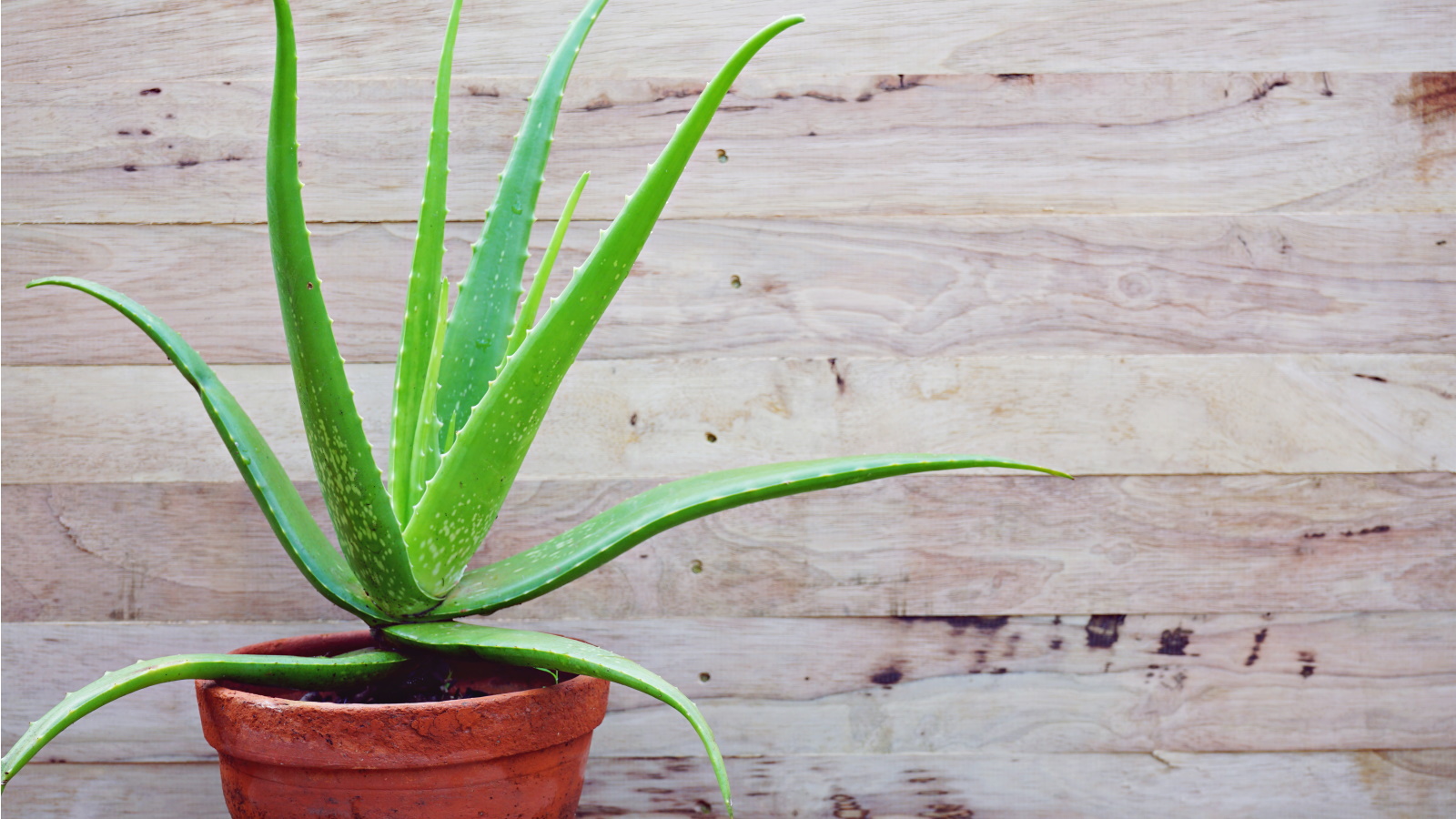

Propagating houseplants is one of the greatest joys of being a devout plant parent. The ability to multiply your plants and have new ones for free is exciting, and it's thrilling to see those first roots start to develop from cuttings. That's why I've tried to propagate just about every indoor plant I own - including a range of succulents, like aloe vera.
Aloe vera plants are some of the most beautiful indoor plants for structure. Their succulent leaves are long and pointed, with a gel inside that is often used for its healing properties, like on sunburn. Among other easy houseplants to grow from cuttings, it's quite straightforward to propagate your aloe vera plant.
I've put together just a few simple steps for propagating aloe vera, so that you can multiply this valuable indoor plant with ease. Discover expert tips for successful propagation below.
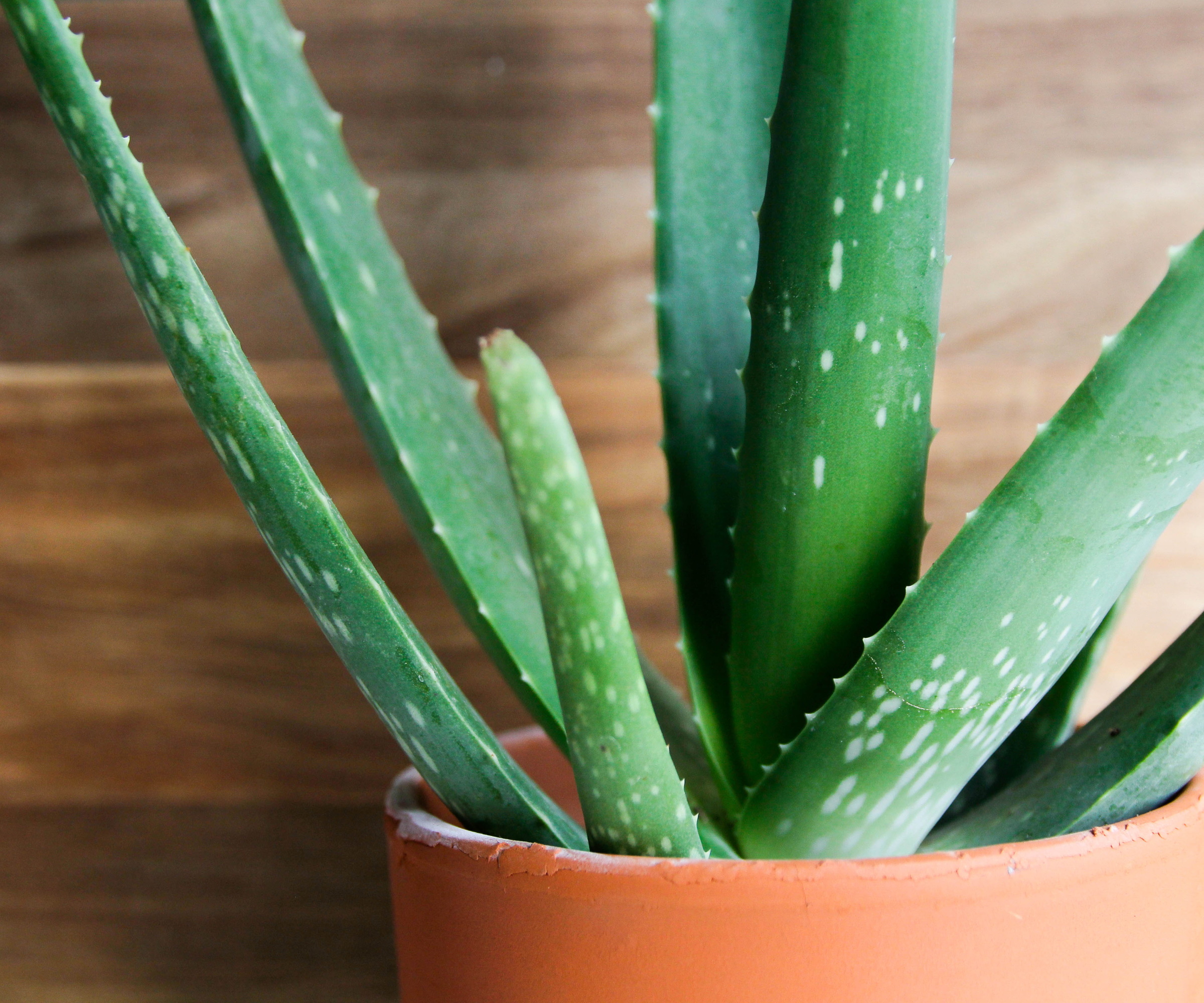
5 easy steps to propagate aloe vera
Not only does aloe vera bring sculptural interest to your houseplant display and its gel can be used for a range of ailments, but it's also one of the best air-cooling houseplants as it perspires and cools the surrounding air. Propagating aloe vera from cuttings is one of the easiest methods to multiply this plant, but there are just a few things you need to know to do it successfully.
1. Take a cutting from a mature aloe leaf
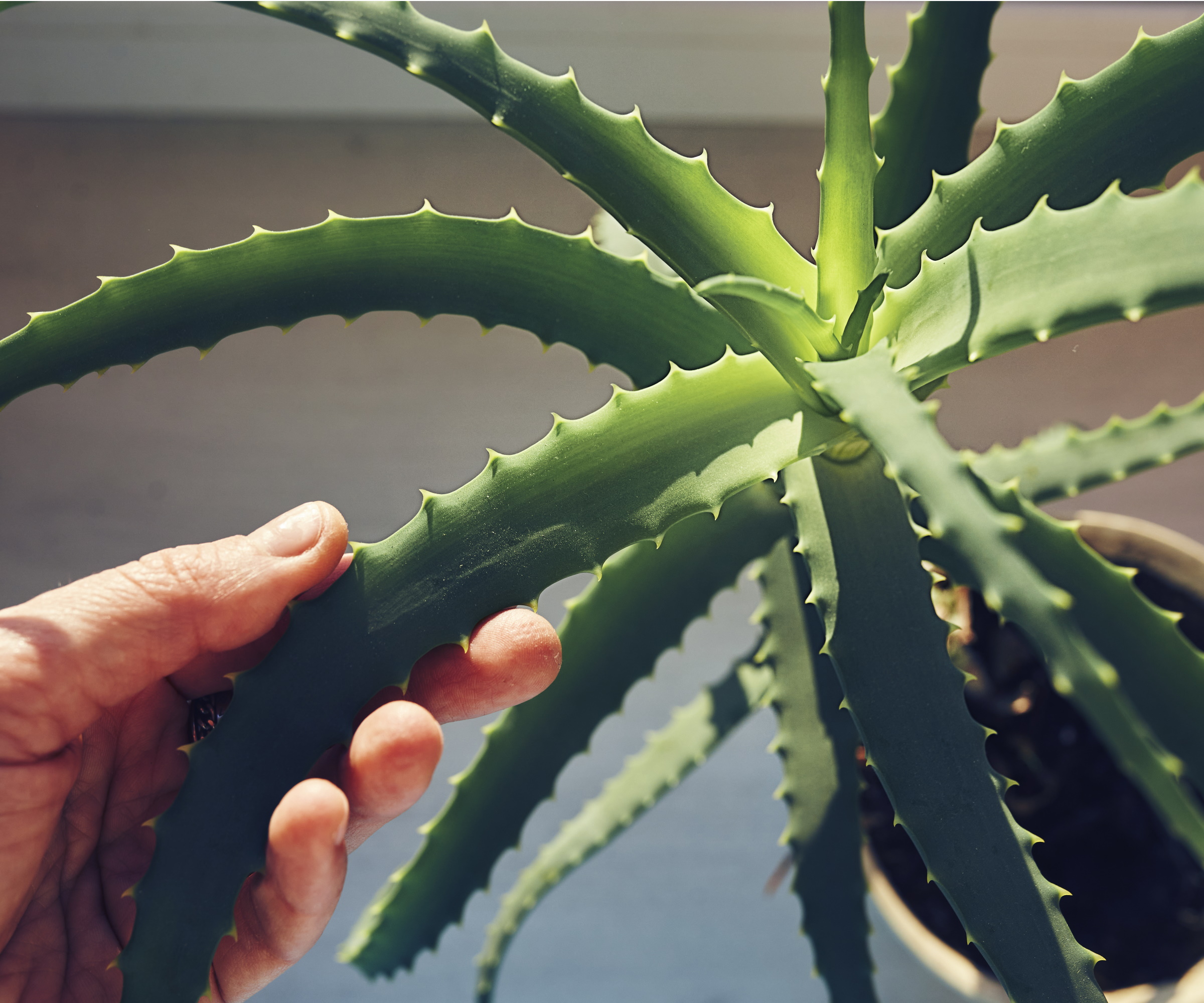
One of the biggest houseplant propagating mistakes is taking a cutting incorrectly. Where to cut and the size of the cutting required will vary for each plant, so it's best to always research how to successfully propagate the specific plant you're working with. For aloe vera, it's key to choose mature leaves.
'Cut off the end of a mature aloe leaf. You want a cutting that is 4-6 inches long,' advises Julie Bawden-Davis, indoor plant expert at Healthy Houseplants.
Ensuring you take a cutting of this length will help increase the chances of successful aloe vera propagation. When taking your cuttings, always use sharp essential gardening tools, like these gardening scissors from Amazon, to make a clean cut. Make sure to clean your gardening tools after use to prevent the spread of pests and diseases.
You could even take cuttings when pruning your aloe vera, both tidying up your plant and using trimmings to create new ones.

Julie Bawden-Davis is a garden author and University of California Certified Master Gardener, who has written several gardening books, including Indoor Gardening The Organic Way. In addition to running HealthyHouseplants.com, she shares indoor gardening advice on her YouTube channel @HealthyHouseplants.
2. Leave the cutting on a dry surface
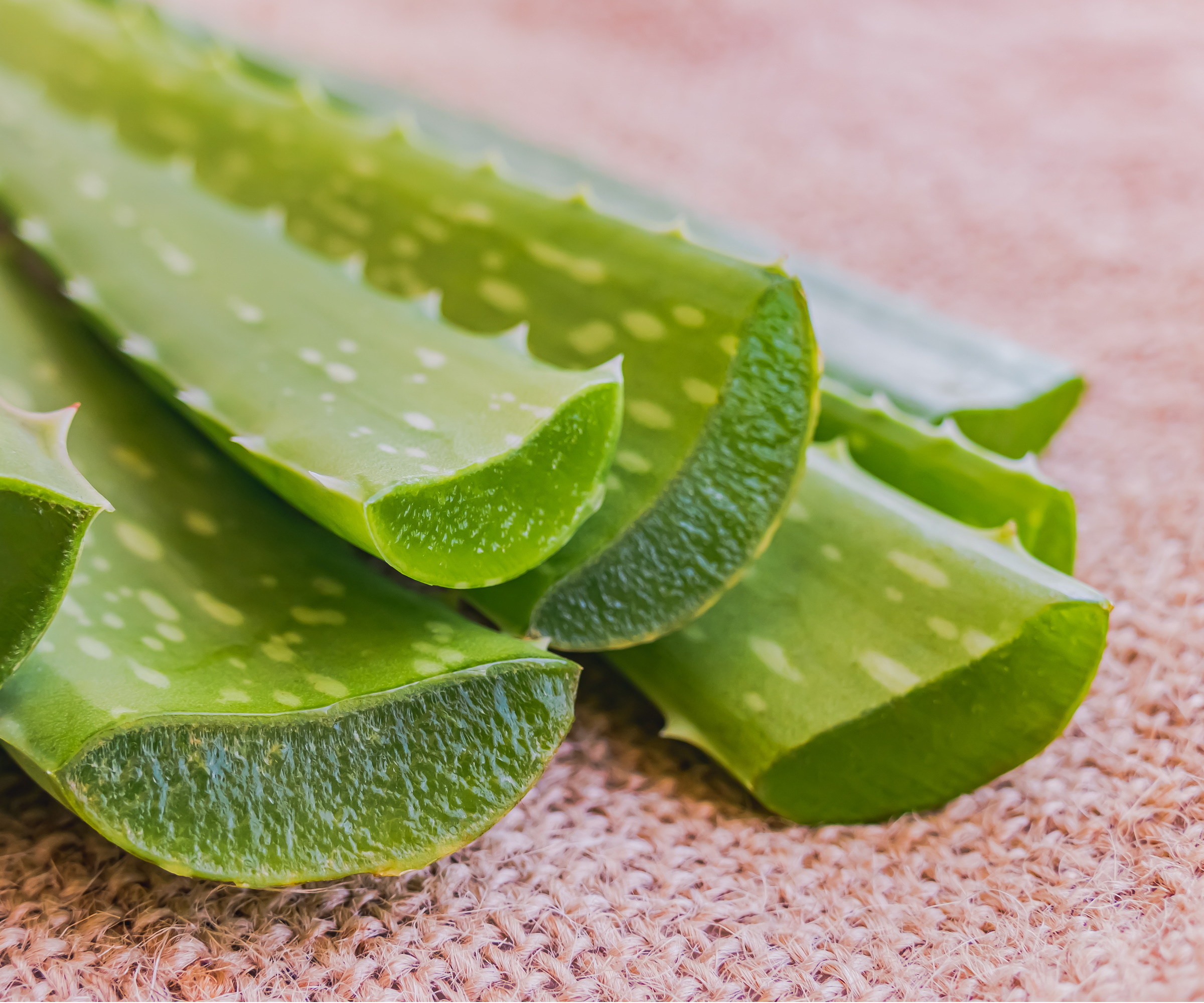
While this would usually be the point where you place cuttings of other houseplants in soil or water, you have to do something a little bit different when propagating aloe vera. You'll notice that the end of your aloe cutting is wet from the gel it has inside, so you need to let this dry before attempting to root it.
'Place the cutting on a clean surface in a dry, warm, bright area away from direct sunlight and wait for 3-10 days for the cut area to dry and callous over,' says Julie.
The environment you leave your aloe vera cutting in will determine how long you need to leave it to dry.
'It will take longer to callous over when humidity is high and the weather is cool or cold,' Julie explains.
As with growing cactus from cuttings and propagating other succulents, the callous is where roots will form from your cutting. Try using this dehumidifier from Amazon if your room environment is too humid for aloe vera cuttings to dry.
3. Dip the cutting in a rooting hormone
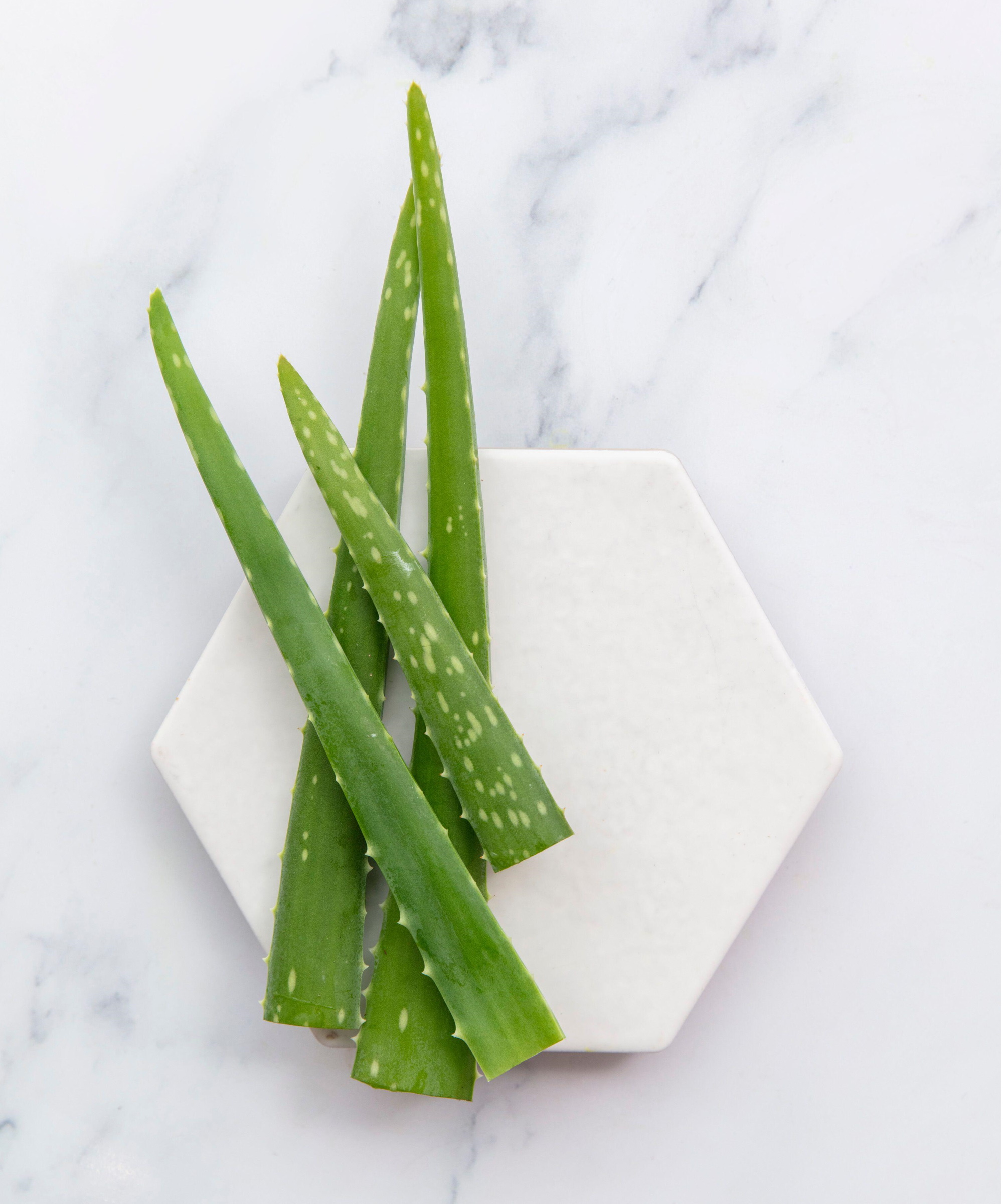
Some propagations benefit from a rooting hormone to increase chances of root development. This is a substance that contains nutrients and chemicals that encourage roots to grow. It replicates the hormones in the plant that cause root development and works well for woody and succulent-like plants that might need an extra boost.
You should take your aloe vera cutting, with the callous formed, and dip just the end of it into a rooting hormone. Make sure it has an even coating.
If you aren't sure which rooting hormone to use, I recommend this Bonide rooting powder form Amazon which works well for a range of different houseplants. However, you can also get gel rooting hormones which should also be dipped into for an even coating on the end of the cutting.
4. Place the cutting into a potting medium
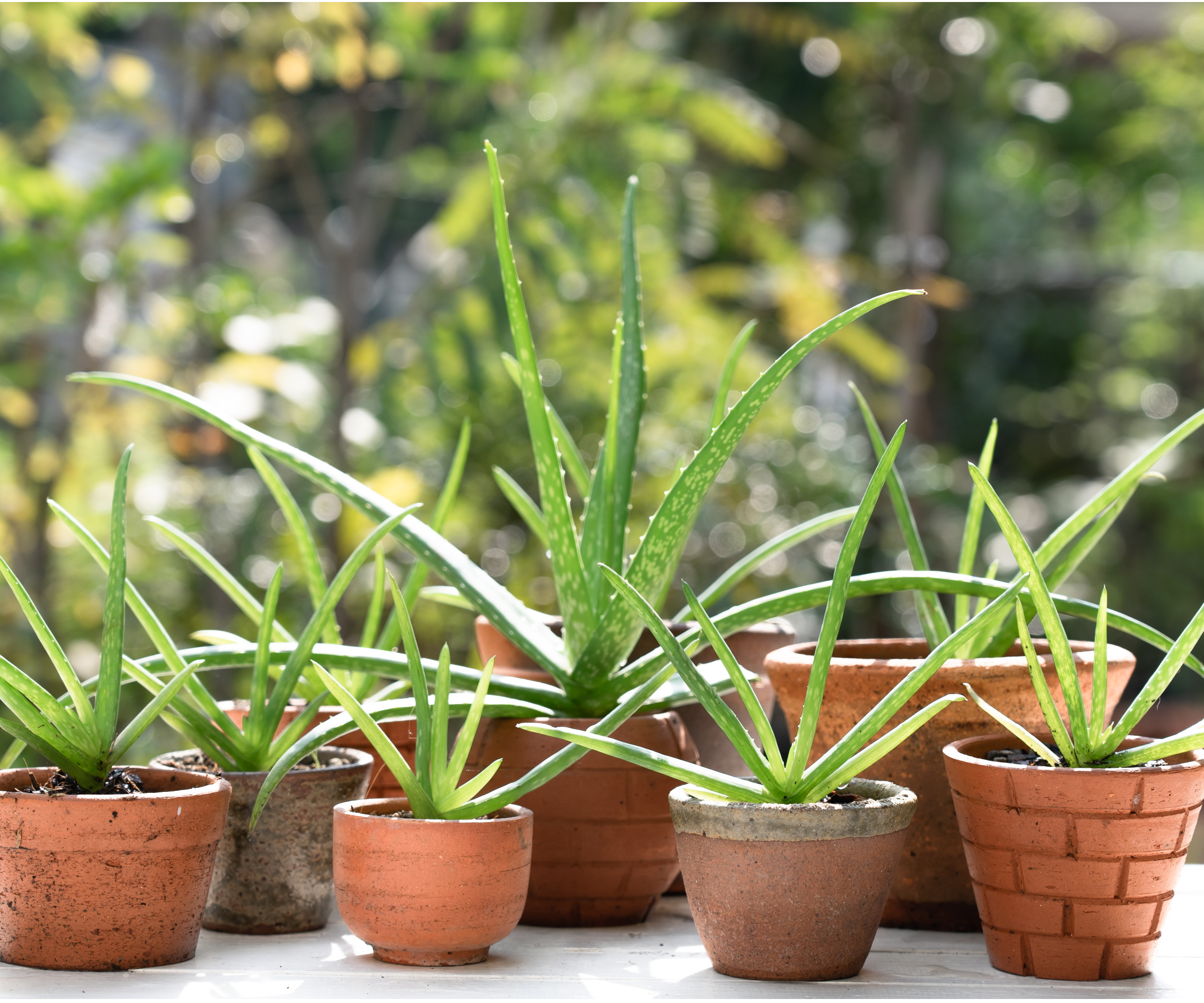
Now that your aloe vera cutting has been fully prepared for propagation, it's time to place it into a potting medium for root development. There are a range of potting mixes for indoor plants and each plant will have one that works best for them. Likewise, there will be a preferred potting mix to use when propagating different plants.
'Insert into a moist but not soggy propagation medium that contains one part sand, one part potting soil and one part perlite or pumice,' says Julie. This mixture provides plenty of nutrients for your aloe cuttings, as well as good drainage.
If you aren't making your own potting medium, try using this fast-draining potting soil from Amazon to ensure your cutting doesn't become waterlogged or suffer from houseplant root rot.
Julie advises inserting just the calloused section of your aloe vera into the potting mix, ensuring it is well-submerged beneath the surface.
5. Keep the cutting somewhere warm and bright
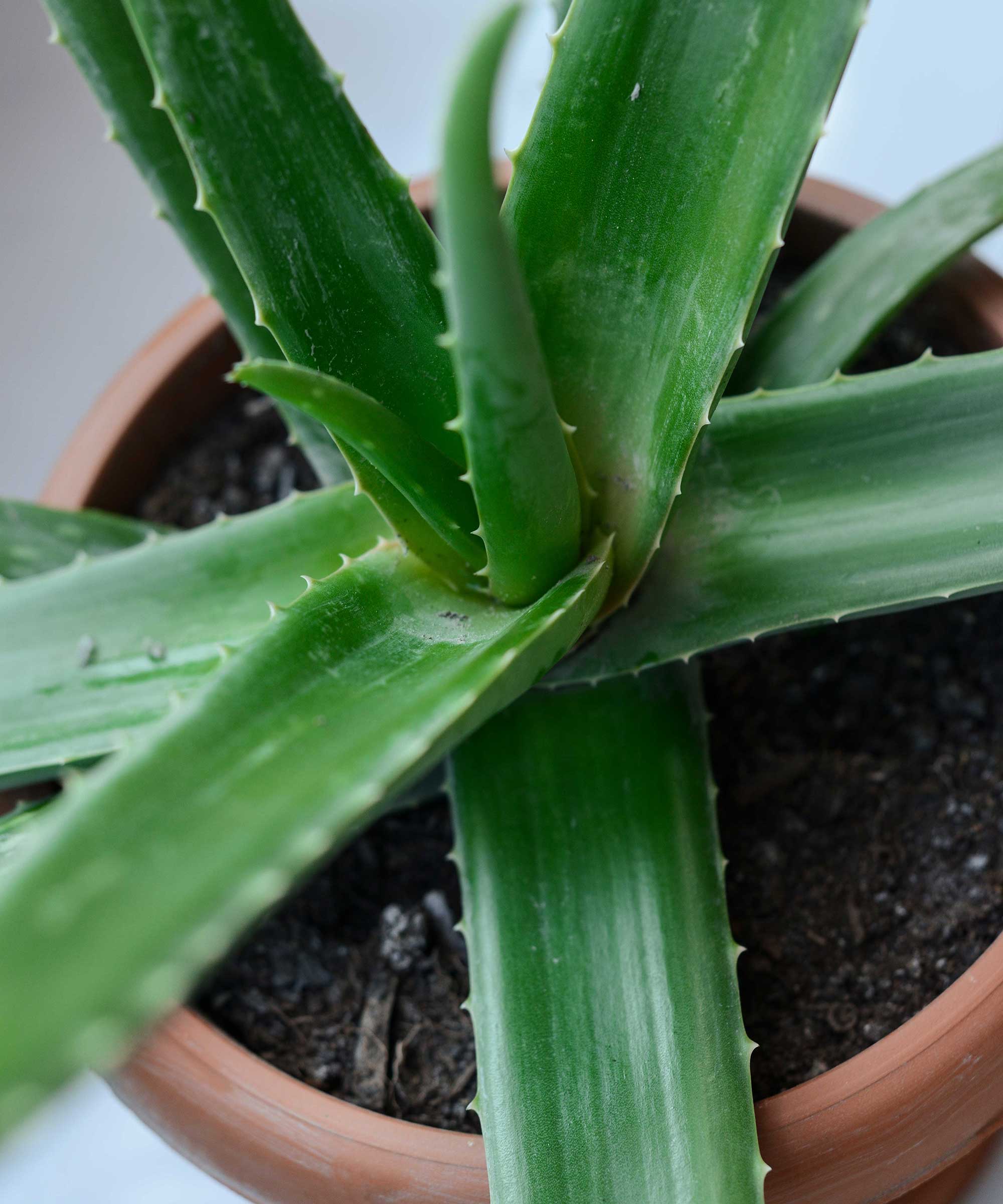
Once your aloe vera cutting is in its potting medium, you need to provide the best conditions for it to successfully root. This means ensuring it has plenty of light and warmth.
'Provide the cutting with a warm environment of at least 64°F. Keep the potting mix slightly damp and provide bright light,' Julie advises.
You can even choose to grow your cuttings in an indoor greenhouse or under a grow light, like this grow light from Amazon. This will help you to achieve the optimal conditions for your aloe vera to develop roots. Make sure to also top up moisture levels, but don't allow the soil to become soggy.
After 4-6 weeks, your cutting will develop roots, although Julie notes it can take longer if you're propagating at a time when temperatures are cooler.
'You will know the aloe vera has formed roots when you tug gently on the cutting and it is firm in the soil. Additionally, new growth is a sure sign of roots,' says Julie. You should then continue providing optimal care for your aloe vera plant as it establishes into a mature plant.
FAQs
When is the best time to propagate aloe vera?
As with all propagation, it's a good idea to do it when the plant is actively growing. For aloe vera, this means propagating during spring and summer. However, if you're able to provide enough warmth and light, you can propagate aloe vera indoors all year round.
'I recommend avoiding doing so in winter, if possible, as the cold can hamper success with succulents like aloe,' says Julie Bawden-Davis, indoor plant expert at Healthy Houseplants. 'You will need to use a seedling heat mat to ensure that the cuttings stay warm,' she suggests.
What size pot should I put aloe vera cuttings in?
Aloe vera plants like to sit in smaller pots that have good drainage. When propagating it from cuttings, aim for a 5-inch pot to begin with. You should repot your aloe vera as it grows larger to prevent it from becoming pot-bound, but this slow-growing plant can cope with being in the same pot for a few years at a time - just keep an eye out for roots emerging out of the drainage hole as a sign to repot.
It's easy to propagate aloe vera plants from cuttings and you can quickly grow new plants by following just a few simple steps. The key to success is taking your cutting correctly and providing the best conditions for root development.
Once your new aloe vera plants have been established, keep them thriving by providing optimal care. This includes watering your aloe vera less often than you might think, as these succulents can cope well with dry periods.
Sign up to the Homes & Gardens newsletter
Design expertise in your inbox – from inspiring decorating ideas and beautiful celebrity homes to practical gardening advice and shopping round-ups.

Tenielle is a Gardens News Writer at Homes & Gardens. She holds a qualification in MA Magazine Journalism and has over six years of journalistic experience. Before coming to Homes & Gardens, Tenielle was in the editorial department at the Royal Horticultural Society and worked on The Garden magazine. As our in-house houseplant expert, Tenielle writes on a range of solutions to houseplant problems, as well as other 'how to' guides, inspiring garden projects, and the latest gardening news. When she isn't writing, Tenielle can be found propagating her ever-growing collection of indoor plants, helping others overcome common houseplant pests and diseases, volunteering at a local gardening club, and attending gardening workshops, like a composting masterclass.
-
 5 surprising but brilliant ways to clean with old socks – from perfectly buffing stainless steel to deterring pests naturally and more
5 surprising but brilliant ways to clean with old socks – from perfectly buffing stainless steel to deterring pests naturally and moreTackle dust in tricky corners, clean your mirrors and even banish bad odors with those rogue single socks
By Andy van Terheyden Published
-
 How to grow astilbe – expert advice on cultivating this shade-tolerant flowering perennial
How to grow astilbe – expert advice on cultivating this shade-tolerant flowering perennialShade-tolerant and pest-resistant - astilbe are hardy and tough perennials that can thrive in many settings
By Ellen Wells Published